places reclaimed by nature.

Once we give up on a structure, or even a whole city, it soon begins to embody the chilling beauty of the abandoned. Then, with a little more time, a new — even more eerie, and even more beautiful — mood starts to set in. This is when nature begins to take over.
From the enormous abandoned castle sitting on an island in the Hudson River to the former beachfront military installation in Queens, here are five of the most unique places reclaimed by nature — all surprisingly close to New York City, America’s most vibrant and bustling metropolis.
Bannerman’s Castle (Fishkill, New York)

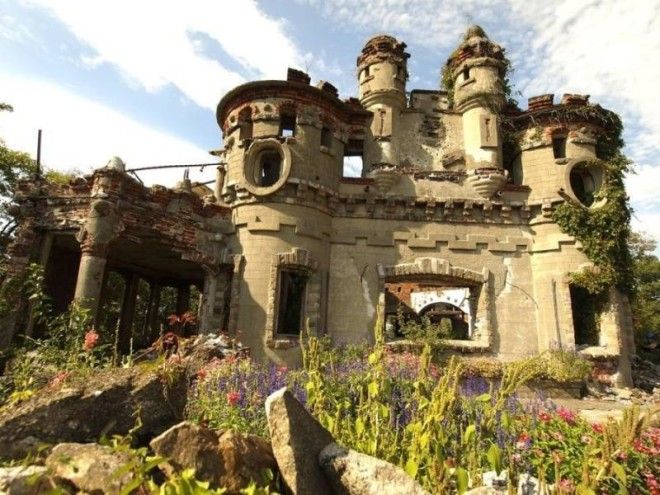


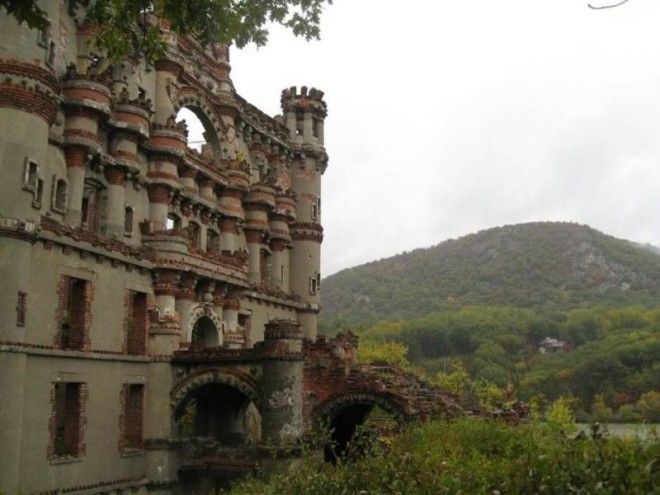
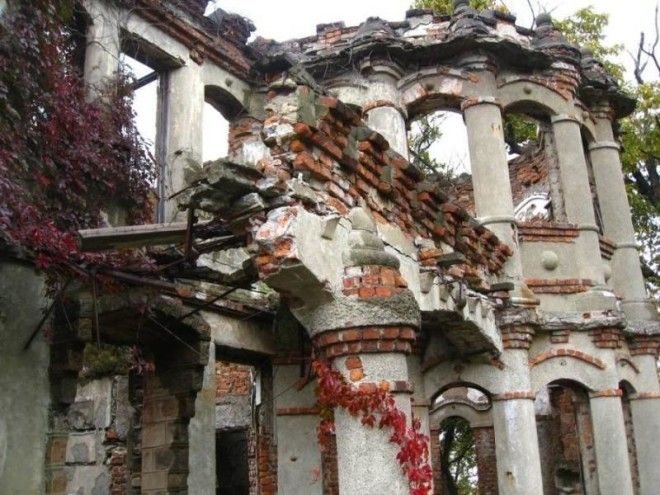

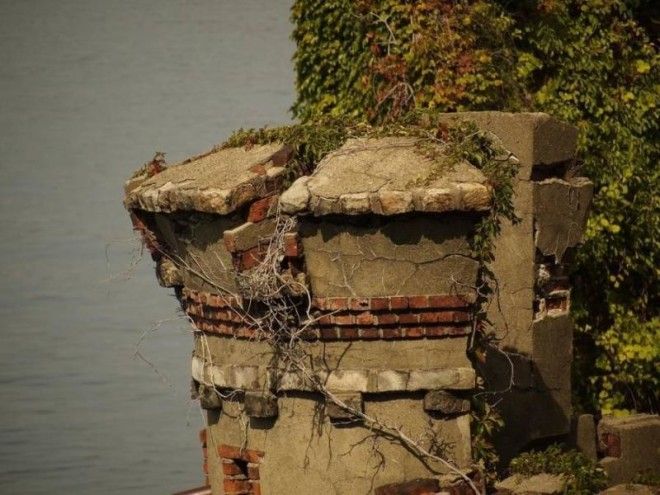
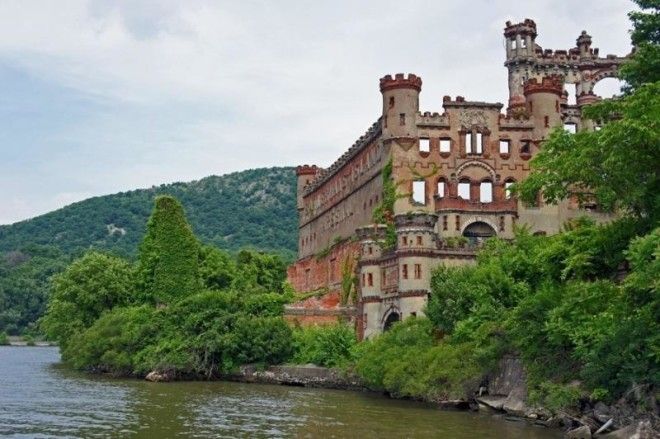
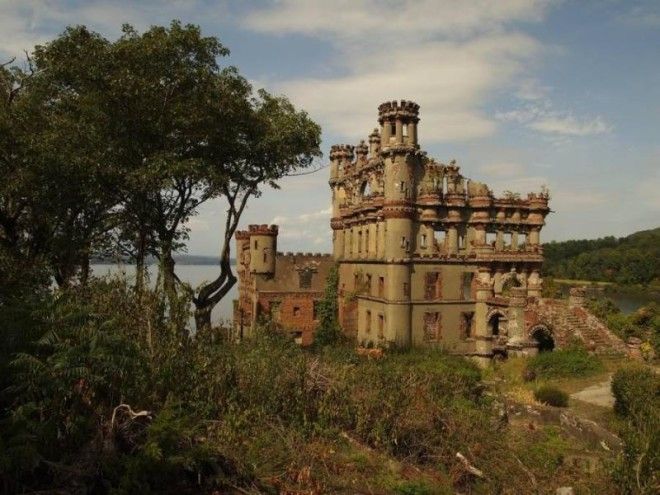
As you follow the Hudson River away from the clamor of New York City to the serene Hudson Highlands, there sits an island that holds a fascinating treasure from the past. At right about the turn of the 20th century, David Bannerman, a Scottish-American man from New York City, stumbled upon the island while canoeing along the Hudson River. As it happens, his father had been looking for a place to store the wares of the family munitions business, after New York City law declared that so much of such material must be kept outside the city limits.
So, in 1900, the Bannerman family purchased the island and began construction on a Scottish style castle. While this massive structure, among the most impressive of all American castles, was indeed used as a munitions storage, it was also given a lighter touch by Bannerman’s wife, who planted an array of flowers and shrubs along the castle’s terraces. These plants are said to continue blooming to this day.
Since the Bannermans, the island has changed hands numerous times and is currently owned by the state of New York. Much to the dismay of adventure seekers, the castle’s now decrepit conditions render it unsafe for exploration — as is the case with so many places reclaimed by nature.
Grossinger’s Catskill Resort Hotel (Liberty, New York)
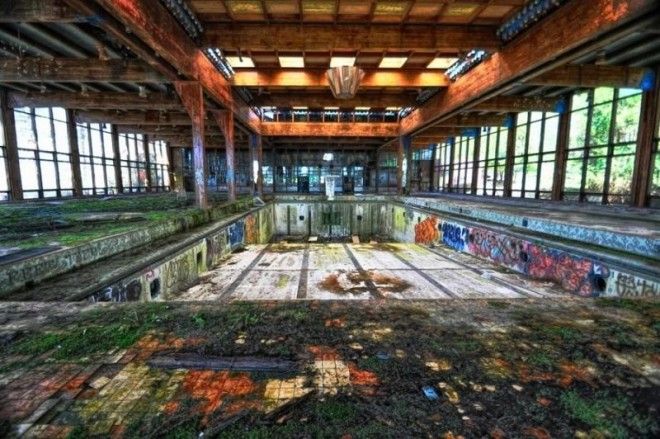
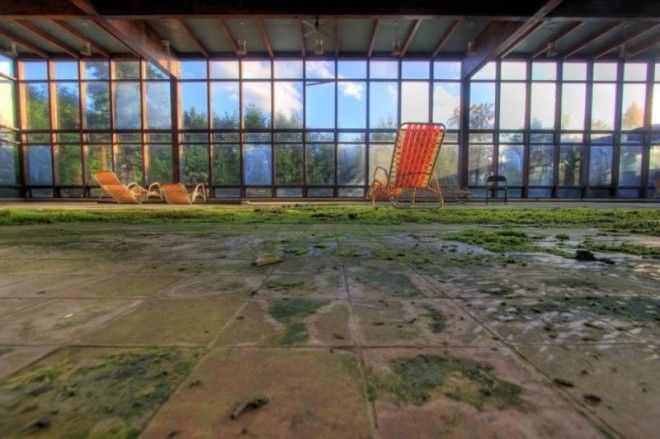

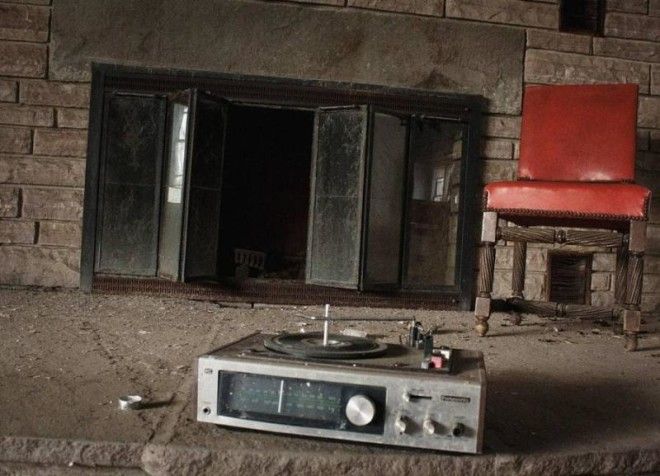
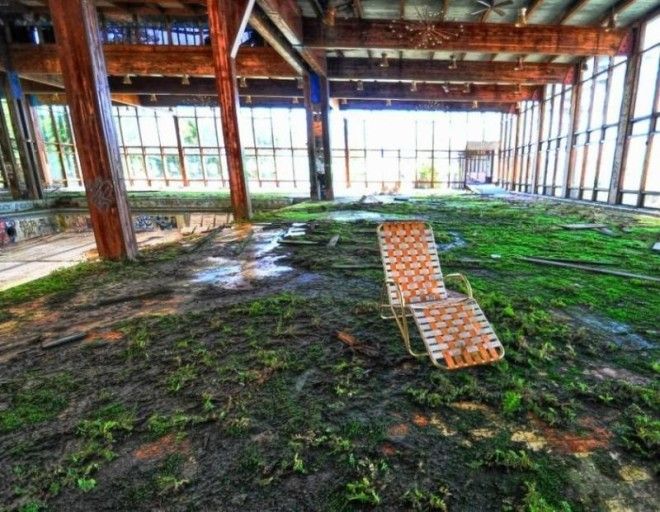


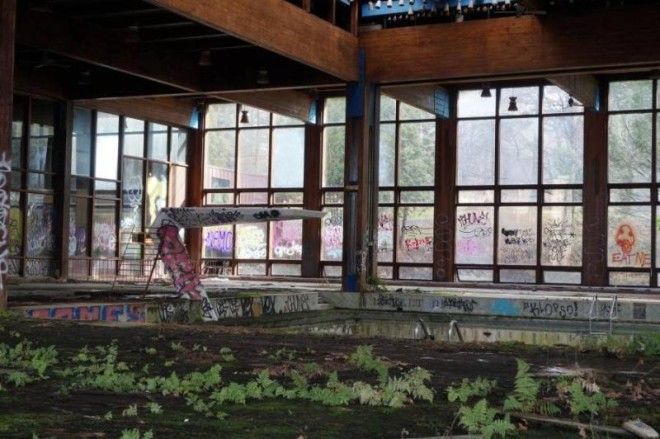
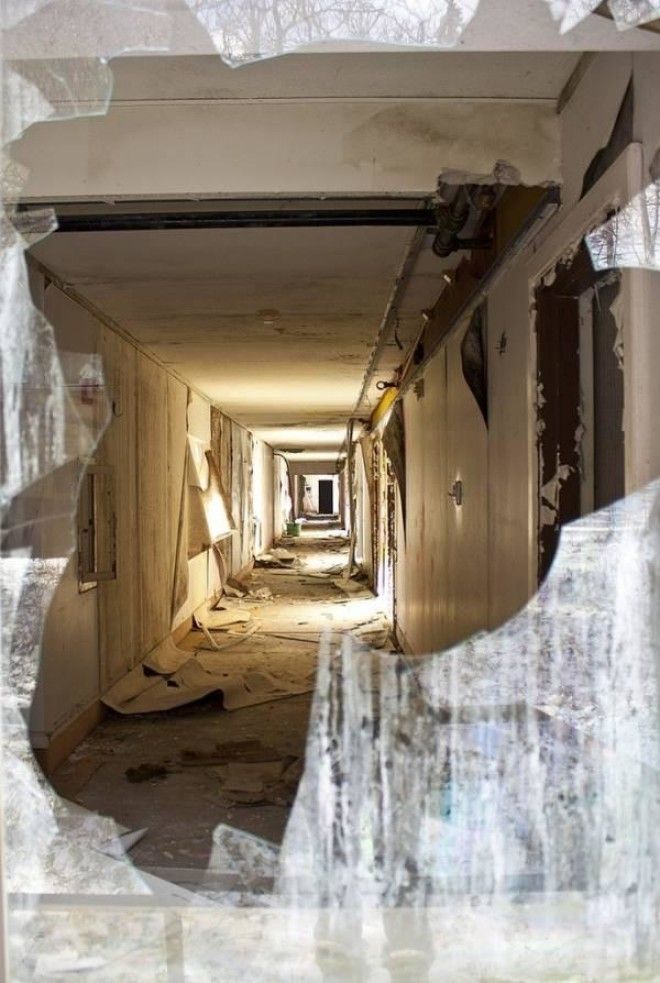
What started out, in the early 1900s, as a small rural hotel, soon expanded into the massive 1,200-acre resort that today sits in ruins. During its heyday, Grossinger’s Catskill Resort Hotel boasted a medley of amenities including two monstrous swimming pools, a full golf course, and even a ski slope complete with artificial snow — one of the first of its kind. The resort grew so large that it was soon dubbed Grossinger, New York, an official city complete with its own post office.
Despite the booming business — particularly among vacationers from New York City’s Jewish community — the combination hotel and resort began to fall to pieces after its owner, Jennie Grossinger, passed away in 1972. Though it was bought out and renovations had been planned, a lack of funds left Grossinger’s to rot away peacefully and simply be reclaimed by nature.
Central Railroad Of New Jersey Terminal (Jersey City, New Jersey)
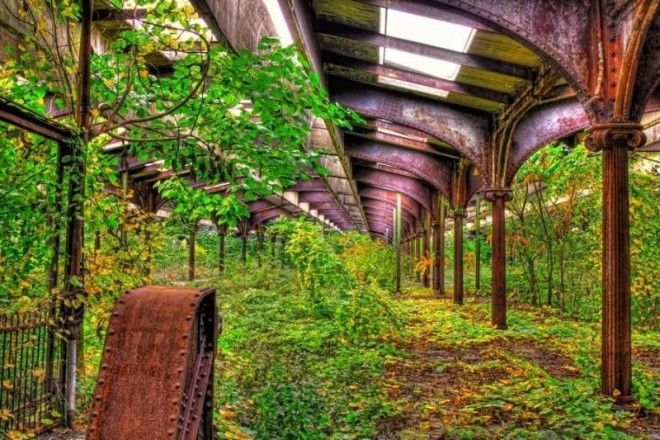

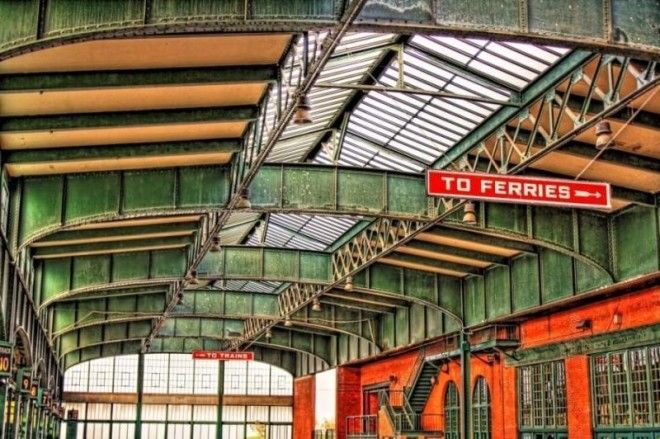

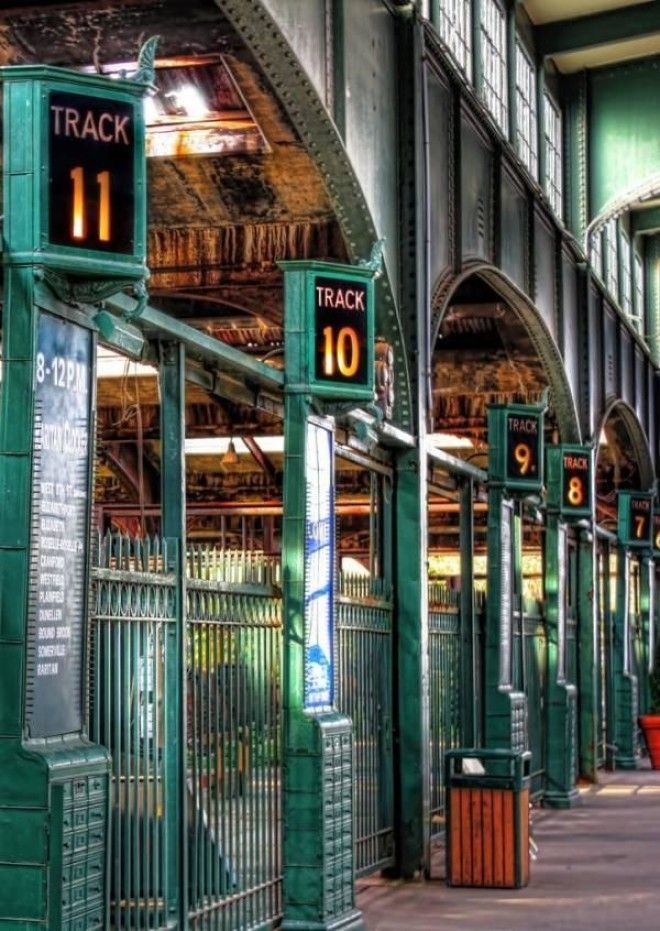
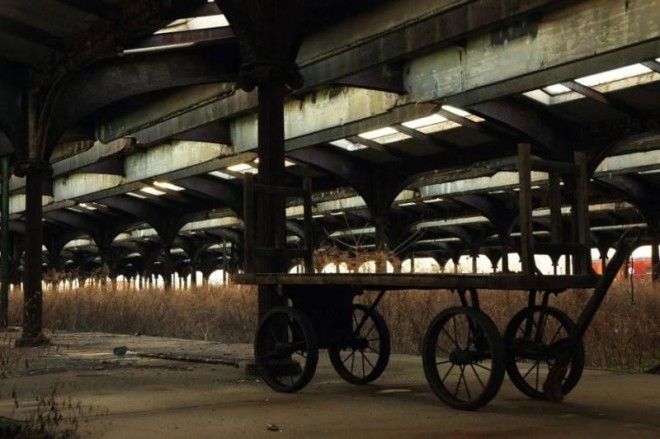



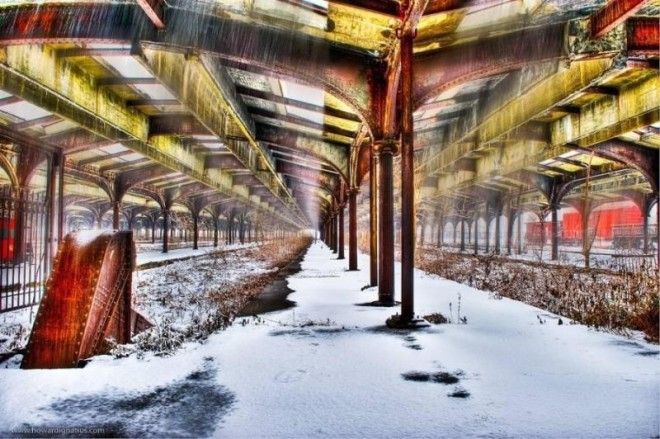
Today, the sunlight that filters down through the broken roof of Jersey City’s Central Railroad Terminal gives life to the plants and trees that have reclaimed the once bustling train tracks as their own. Though it may look more like a garden than a terminal, this rail line once connected the booming population centers of New York, New Jersey, and even Pennsylvania. Though it provided service to commuters for nearly a century (1889-1967), this terminal couldn’t weather the Great Depression.
Now, this once and still beautiful terminal, lush with vegetation, sits serenely along the Hudson River
Advertising
Paulinskill Viaduct (Blairstown, New Jersey)

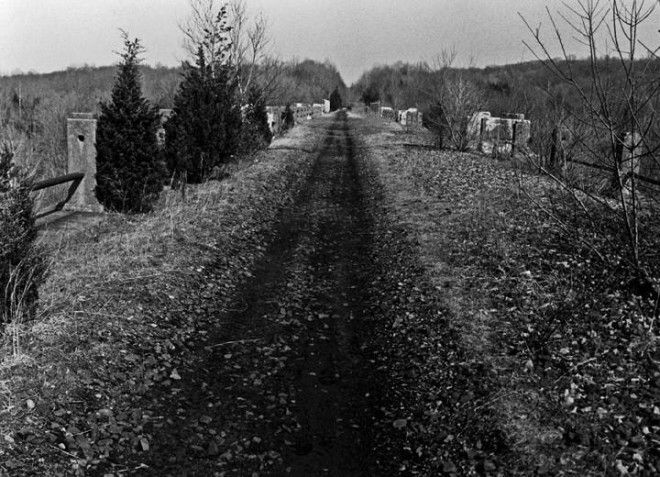
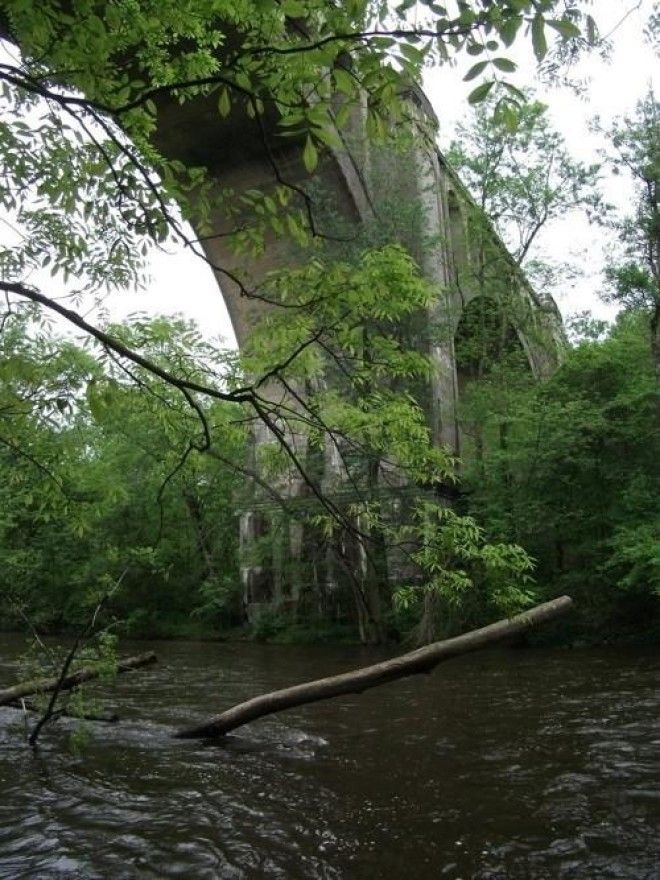




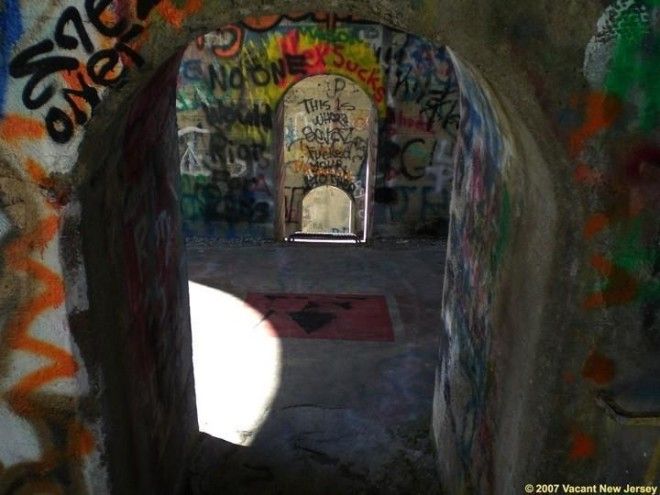

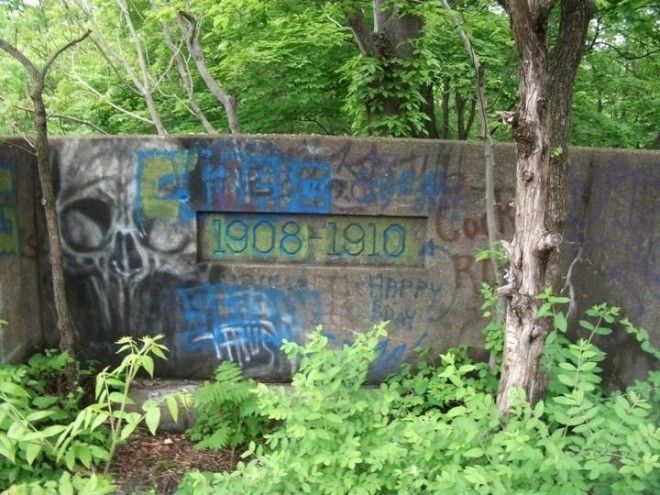
The elegant arches and curves of the abandoned Paulinskill Viaduct don’t appear to have been reclaimed by nature, so much as the viadcut itself now seems to simply be a piece of the landscape. At 1,100 feet long and 115 feet high, this massive structure rises up out of the surrounding woods, standing majestically over the Paulinskill River. Constructed in 1908 by the Delaware, Lackawanna & Western Railroad, this railway once offered commuters passage from Scranton, Pennsylvania all the way through Hoboken, New Jersey.
Though it was once regarded as a wonder of human engineering and architecture, the viaduct hasn’t seen use since its rail line was shut down in 1979. Now it sits as a stomping ground for graffiti artists and urban explorers alike, as its towers give way to rooms and ladders beneath its hollow arches. Caution is advised, however, as numerous incidents involving illegal bungee jumping make it a hot spot for police patrols.
Fort Tilden (Queens, New York)
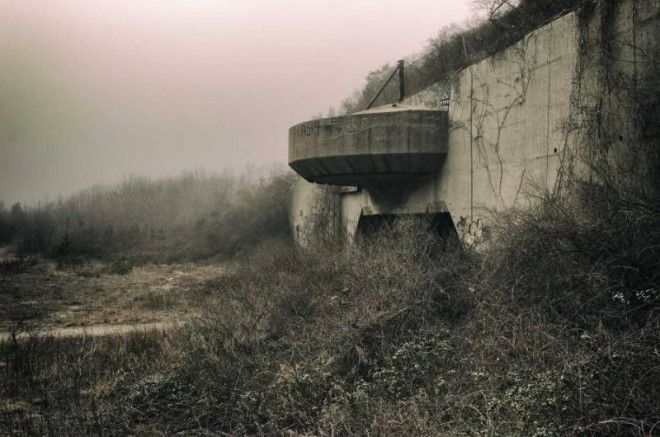
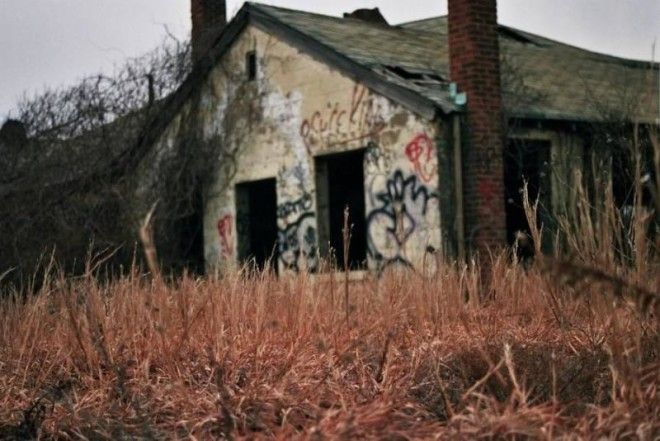

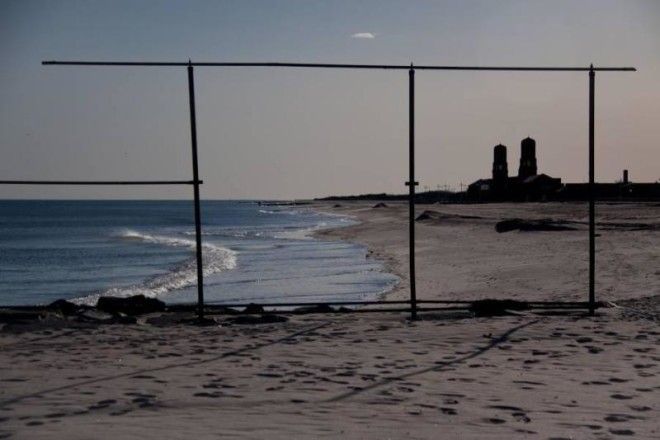

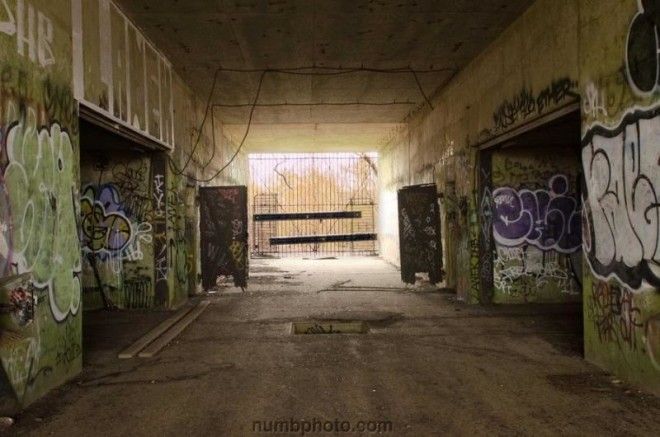

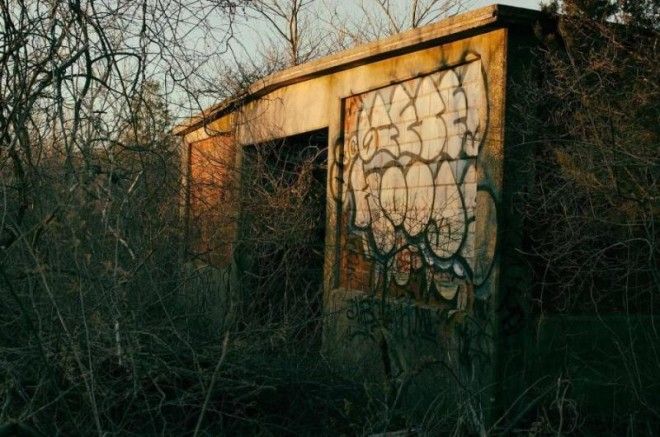
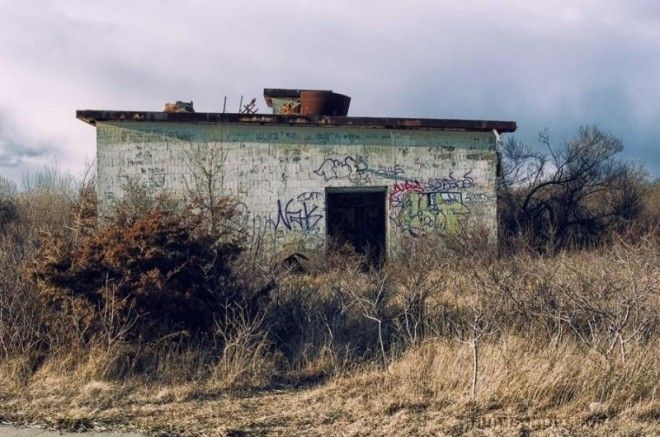

It’s difficult to imagine that America’s biggest city would give way to nature’s grasp, but there’s plenty of abandoned New York to explore. And within the Gateway National Recreation Area in Queens, adventurers are able to discover plenty. Well known for its beautiful beaches, Gateway is sprinkled with numerous decommissioned military structures, the best known of which is the ruins of Fort Tilden. It was once considered an ideal location for coastal and anti-aircraft defenses, though these days the fort is stationed with creeping underbrush rather than soldiers.
Back when it was still used, Fort Tilden boasted a vast arsenal, including two 16-inch canons that stared towards the sea. Almost all weapons and furnishings have since been stripped from the fort and its surrounding silos. The sturdy concrete structures make for safe exploration, though every last silo and building has been reclaimed by the rolling vegetation that chokes the area.

